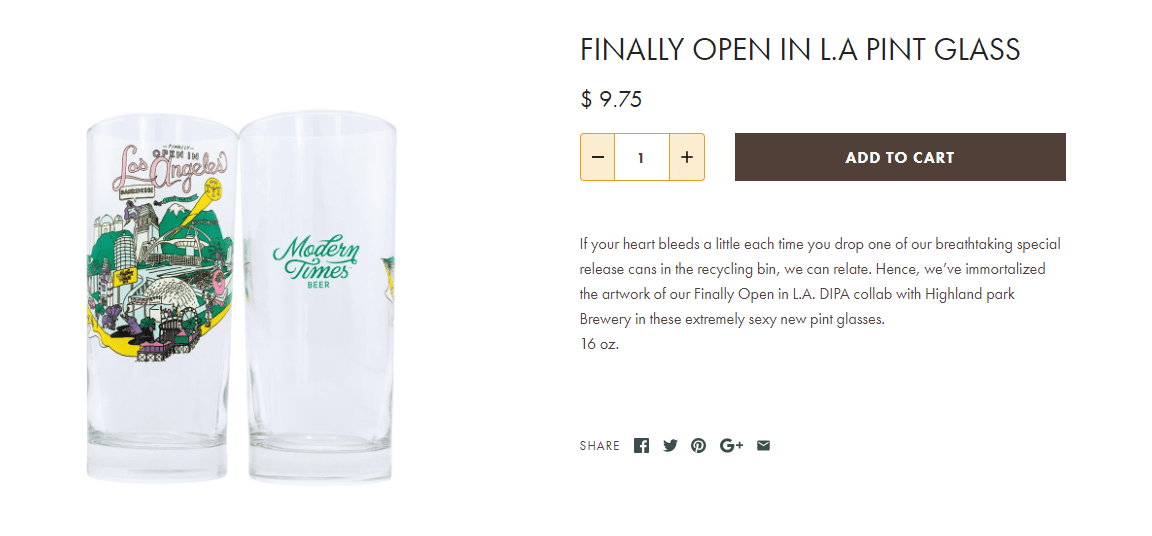Your brand identity is one of the most important parts of your business. Going beyond your mission statement and logos, the best way to present your audience with a strong brand identity is to show them how you live your core values.
Here in San Diego, we have some local companies that have really embraced their brand—on a similar level to the way Disneyland employees play into their magic, too.
Whether you’re thinking about it or not, every interaction that your audience has with your company, employees, and even yourself is an extension of your brand.
So how do you develop an authentic brand platform that your audience can resonate with?
Remember Your Why… and Your How, Too
When you first developed your brand identity, you focused on your “why.”
Now is a great time to return to that why—to how you want your audience to feel when they interact with your brand, when they see your social media posts, when they visit your website. And how you can make it real.
For example, if one of your company’s strong suits is transparency, then you need to offer your clients clarity into your process—what are the specific steps you take? How do you ensure that your clients can trust you? Do you have any additional measures you take to screen the vendors that you work with?
Making your brand real also depends a lot on your clients’ customer service experience. What kind of tone do your emails send? How do you and your staff answer the phone?
A local brand that does this well is the boutique design, flora, and furniture store, Pigment.
Pigment’s owner began by selling her own art at a monthly local art event in her studio that was once a couple doors down from where their existing store is now. They continue to celebrate their start by holding extended store hours on the nights that the recurring local art event occurs.

Their background in art and design is translated into the types of products they carry, workshops they hold, and in their social media, showcasing highly curated products with a selective color palette that extends into lifestyle-inspired imagery.
A great place to start when thinking about how to get your employees on brand is to cultivate a culture that promotes your core values.
If Content Is King, Consistency Is the Crown
Content matters; it helps communicate, educate and persuade.
The consistency of your content is arguably one of the first things your audience will notice. Living your brand consistently includes thinking about the way you interact with your clients, customers, and employees.
Let’s take a look at a local San Diego brand that sets a great example of living their core values consistently. From the types of events that they hold and their employee-owned culture, right down to their product descriptions, Modern Times Beer is the epitome of cohesion.
Take this pint glass description, for example:
 By assuming that their audience recycles, they’re paying homage to the “perfect society” concept that they celebrate in their about. Also mentioned on their about page is their fascination of “colorful, ambitious little pockets of history,” which is reflected by both the style and designs of their merch, consumable products, logo, and even the way they set up their brewery locations.
By assuming that their audience recycles, they’re paying homage to the “perfect society” concept that they celebrate in their about. Also mentioned on their about page is their fascination of “colorful, ambitious little pockets of history,” which is reflected by both the style and designs of their merch, consumable products, logo, and even the way they set up their brewery locations.
This consistency that Modern Times provides lets their audience know that they are serious about their values—and for their customers that share the same values, they feel more trust toward the brand.
Ensuring that your brand voice translates well both online and offline is a surefire way to build authority and set expectations for your audience.
Get Selective About Social
Social media is where your customers and clients are. SnapChat, Twitter, Instagram, Tumblr, Pinterest, LinkedIn, Facebook, and Youtube… there’s a lot of different social media platforms for small businesses to use.
The good news? You won’t need to use all of these social media platforms for your business, because not all of them are used by your audience. For example, small businesses that focus on financial services won’t see as much of a return on SnapChat advertising as they would on Facebook or LinkedIn. In a similar vein, real estate businesses will also see benefits from Instagram and Facebook.
An easy way to start learning about which social media platforms are best for your business to use is to take a look at the platforms you’re already using and determine which ones give you the most engagement and return. Then use them to communicate with your audience.
From visual to written, every extension of your brand tells a story. Being intentional with your messaging, keeping content consistent, and managing social platforms are some of the biggest factors that impact your audience’s perception of your brand. It can be a lot of work—but that’s what we’re here for. Need help connecting with your audience or living your brand fully? Contact us today.

We can help you master your digital marketing strategy with CRO tips. Our team of strategists are experts at understanding you and your audience. Whether it’s setting up Google Analytics, or creating great landing pages, Wayward Kind is all about action. Ready to convert to a mindful marketing strategy? Contact us today!





